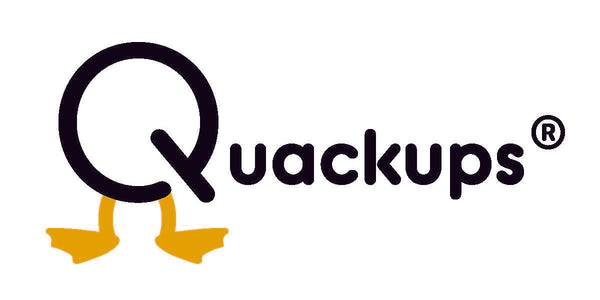The alarming rate at which native bird species are declining around the world is a call to action for all of us who cherish our planet's biodiversity. These birds, which play a vital role in maintaining ecological balance through pollination, seed dispersion, and pest control, face an uncertain future marred by numerous environmental threats. As stewards of the earth, it is our responsibility to intervene before it's too late.

This article will explore the critical challenges facing native birds and outline practical measures that individuals and communities can implement to help protect these magnificent creatures from the brink of extinction. Join us in discovering how you can make a meaningful difference in the conservation efforts needed to preserve the spectacular diversity of native birdlife.
The Critical Role of Native Birds in Ecosystems
Native birds are invaluable to ecosystem functionality. They control pests by eating insects, help pollinate plants, and facilitate seed dispersion, which is essential for forest regeneration and health. Their activities help ensure ecological balance and support other wildlife species. For instance, the decline of a single bird species can lead to unforeseen consequences, such as overpopulation of certain pests, which can affect crops and forestry. Understanding these intricate relationships highlights why preserving native bird populations is not just about saving birds but about sustaining the natural systems that humans also rely on for food, air, and water.

Threats Leading to Extinction
Several critical threats have put native bird species at risk:
- Habitat Loss: Expansion of urban areas, agriculture, and forestry practices often lead to significant destruction of natural habitats.
- Climate Change: Shifts in climate patterns can alter bird migration routes, breeding seasons, and food availability, making survival more difficult.
- Pollution: Pesticides and other chemicals can poison birds directly or contaminate their food sources. Plastic pollution also poses a significant risk, entangling birds or being ingested.
- Invasive Species: Non-native species can outcompete native birds for resources or bring new diseases to which native birds have no immunity.

How You Can Help: Practical Steps to Take
Here are some effective ways you can help save native birds:
- Habitat Restoration: Participate in or organize local initiatives to plant native trees and restore wetlands, which are crucial habitats for many bird species.
- Safe Backyards: Make your own garden or yard bird-friendly by avoiding pesticides, planting native species, and providing water sources.
- Support Conservation Organizations: Financial contributions or volunteer work with organizations focused on bird conservation can make a big difference.
- Advocacy: Engage in lobbying for laws and policies that protect birds and their habitats. Public support for conservation policies is crucial in influencing government actions.
- Educational Outreach: Educate yourself and others about the importance of bird conservation. Host talks, share information on social media, and encourage schools to include environmental conservation in their curriculum.

Successful Conservation Efforts and Case Studies
Throughout the world, there are inspiring success stories of native bird conservation that highlight the effectiveness of targeted efforts. In the United States, the recovery of the Peregrine Falcon showcases the impact of banning harmful pesticides like DDT and the importance of breeding and reintroduction programs. Similarly, in New Zealand, the Kakapo Recovery Programme has played a crucial role in bringing the critically endangered kakapo, a flightless parrot, back from the verge of extinction through intensive management and innovative breeding techniques. Another notable success is the conservation of the Iberian Imperial Eagle in Spain, where habitat management, food supplementation, and a crackdown on illegal poisoning have significantly increased their populations. These examples demonstrate how coordinated conservation efforts can stabilize and even increase bird populations, providing hope and a model for future initiatives.

Resources and How to Get Involved
Numerous resources are available for those interested in contributing to bird conservation. Websites such as the Audubon Society, BirdLife International, and local wildlife trusts offer information on how to get involved. These platforms provide opportunities for citizen science projects, volunteering, and education programs.
Conclusion

In conclusion, the effort to save native birds from extinction is essential, not just for preserving biodiversity but for maintaining the ecological balance vital to all life. Understanding the pivotal roles these birds play within our ecosystems highlights the urgent need for action. Engaging in habitat restoration, supporting conservation groups, and advocating for protective measures can significantly impact our environment.
Every individual effort contributes to the broader conservation movement. Whether you start with simple backyard projects or partake in larger community initiatives, your actions can inspire others and create a positive ripple effect, helping ensure the survival of our spectacular native birds for future generations.

